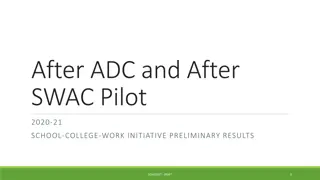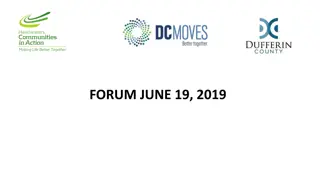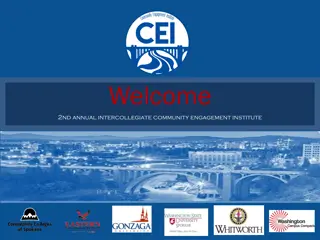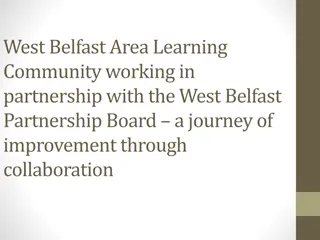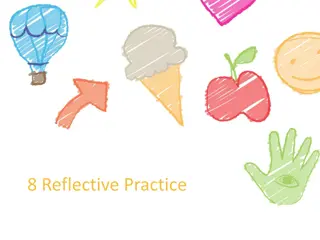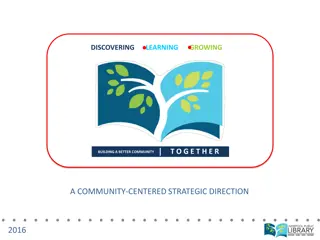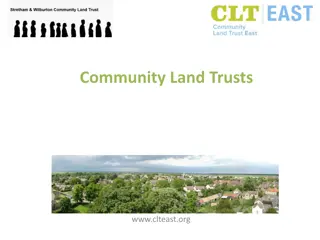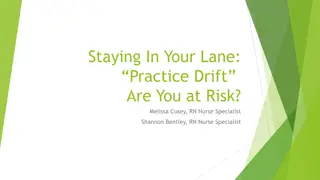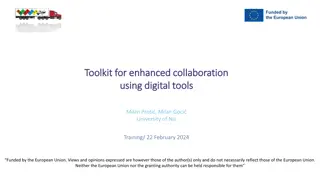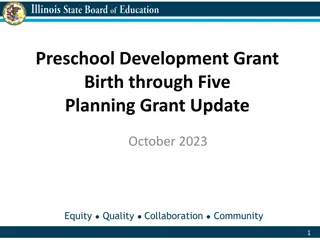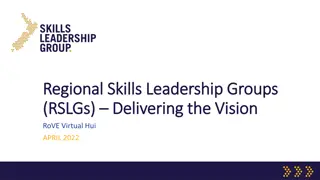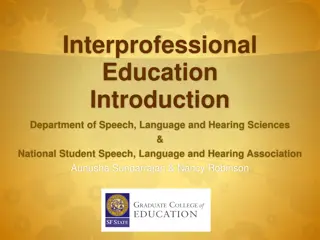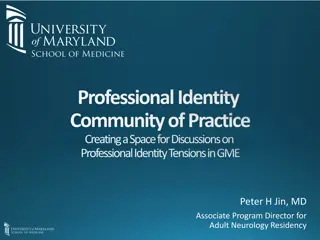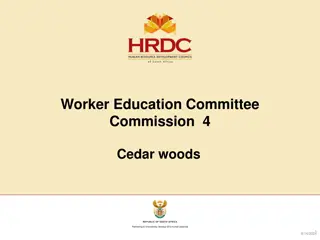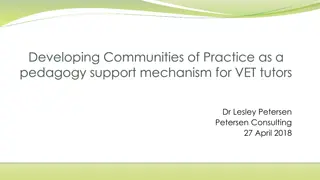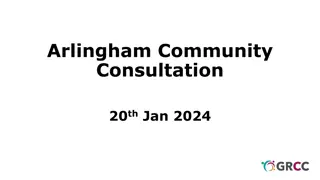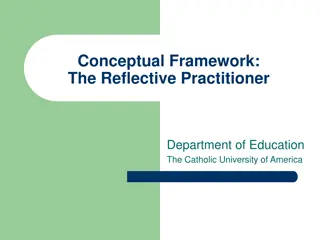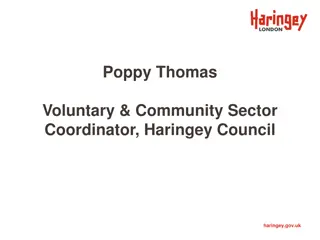Enhancing Collaboration in SWAC Education Through Community of Practice
SWAC Community of Practice (CoP) fosters knowledge sharing, innovation, and collaboration among SWAC teachers. Started informally, the group now seeks to formalize its approach to better implement generated ideas in classrooms and address funding challenges. The group aims to enhance capacity, succession planning, and resource building, enabling SWAC teachers to consult, innovate, and share perspectives for improved program delivery.
Download Presentation

Please find below an Image/Link to download the presentation.
The content on the website is provided AS IS for your information and personal use only. It may not be sold, licensed, or shared on other websites without obtaining consent from the author. Download presentation by click this link. If you encounter any issues during the download, it is possible that the publisher has removed the file from their server.
E N D
Presentation Transcript
SWAC COMMUNITY OF PRACTICE For RPT Leadership Teams Presenters: MaryJane Snoeks (LDCSB), Tom Smith (TVDSB)
RPT 10 SWAC Profile 3 Colleges: Fanshawe, Lambton, St. Clair Over 13 SWAC classrooms/teachers PROFILE OF RPT 10 Expanding into adult SWAC on some campuses Regional Area: London, Sarnia, Windsor, Stratford, Huron Perth
RPT 10 MEETINGS 3 face to face meetings a year (plus teleconference if needed) Host college/chair of the RPT rotates every 3 years Co-chair of the RPT is an affiliated school board rep (rotates every 3 years) and this person oversees special projects supporting the school boards (including the SWAC Community of Practice)
How many colleges are in your RPT? How many school boards? WHAT IS THE PROFILE OF YOUR RPT? How many SWAC classrooms do you have in your RPT? (include Adult programs)
In RPT 10 the SWAC COP began as an informal meeting between SWAC teachers during the RPT meetings (separate room location) about 6 years ago SWAC COMMUNITY OF PRACTICE SWAC teachers saw great value in meeting and discussing items that were relevant to them such as: classroom structure, access to college resources, delivery of curriculum, activities, problem solving etc.
BENEFITS OF THE COMMUNITY OF PRACTICE Foster an environment in which knowledge can be created and shared to improve what people are doing in their classrooms Important as a venue for innovation in delivery of SWAC programs Create an opportunity for succession of SWAC teachers Building capacity and resources Enable the SWAC teachers to consult with each other in order to come up with better or more efficient solutions Providing perspective (as to what is happening in other boards and colleges)
AREAS FOR IMPROVEMENT... MOVING TO A MORE FORMAL APPROACH Great ideas were being generated; however, because the group was closed and informal, moving ideas forward into classroom implementation continued to be a challenge in some cases Funding to attend the SWAC COP meetings was not consistently accessible Without a formal agenda there is the potential that not every voice is heard The SWAC teachers were not aware of the SMART goals of the RPT (ideas/conversations/projects didn't always align which is necessary in order to leverage RPT funding) Formal minutes were not kept (to bring back to school boards and the RPT for review, to measure progress and needs) Some members of the COP viewed their participation as valuable and some did not Not all RPT members understood the objective of the group and the measurement of those objectives: How do we know this has value? Is it working? How will we know it is working?
1 2 3 4 5 6 How will we achieve success with our SWAC COP? Objectives Sponsorship Leadership Risk Free Environment Measurements NEXT STEPS: A FORMAL APPROACH
Set a formal agenda Chair Established location TERMS OF REFERENCE (HANDOUT) Formalized agenda format Funding guidelines Goals for the COP(RPT SMART goal)
OUTCOMES FROM THE FIRST YEAR OF THE FORMAL COP SWAC teachers reported that they felt a sense of community Best practices created opportunity for change SMART goal was met RPT decided to continue funding Support for the terms of reference (handout) Meeting minutes shared with the RPT Goals set for next year to focus on PD and support for the SWAC teachers
THIS PAST YEAR RPT 10 COP Three workshops organized by the RPT co-chair (board rep) Reframing Our Responses (Compassion, poverty in schools, self-esteem) (one day) Mental Health First Aid (two days), CMHA Compassionate fatigue (full day), OMSSSA No time for formal collaboration (due to cost and structure of workshops) Survey taken by SWAC teachers...
RESULTS OF THE FEEDBACK AFTER TWO VERY DIFFERENT YEARS SWAC teachers liked the intensive training and were grateful to have access to it Much of the learning was relevant and applicable Teachers looking for more time for collaboration and team building (appreciated the workshops but missed the formal agenda) Cost of the workshops was high, some of the content was not relevant Due to the time commitment of the workshops not all SWAC teachers could attend as it was organized SWAC teachers would like to focus on some aspects of the workshops (more focused and directly relevant)
MOVING FORWARD INTO 2018-19 The COP will be a combination of agenda and workshops Workshops will be focused on community resources and case studies relevant to everyday situations in SWAC (possibility of having past presenters help facilitate this) Build in time for team building activities for the SWAC teachers The RPT will continue to fund the SWAC COP The RPT will create a SMART goal around the COP
structure a COP for the SWAC teachers in your RPT? fund the COP? decide upon a chair for the SWAC COP? HOW MIGHT YOU.... do things the same as RPT 10? do things differently than RPT 10?
MaryJane Snoeks LDCSB msnoeks@ldcsb.ca Tom Smith TVDSB t.smith@tvdsb.ca CONTACT Thank you


